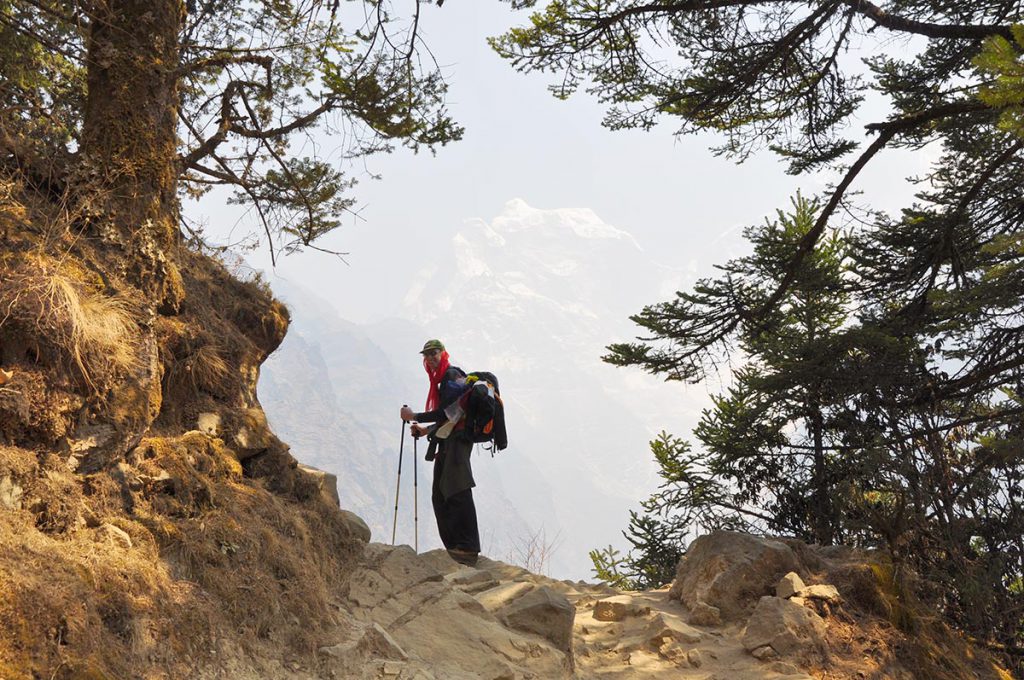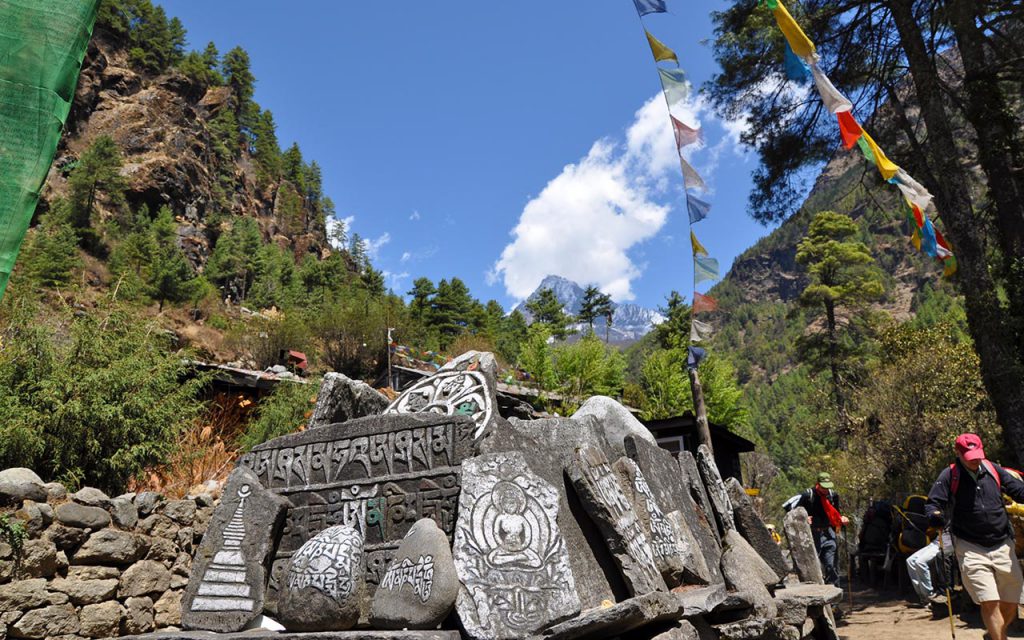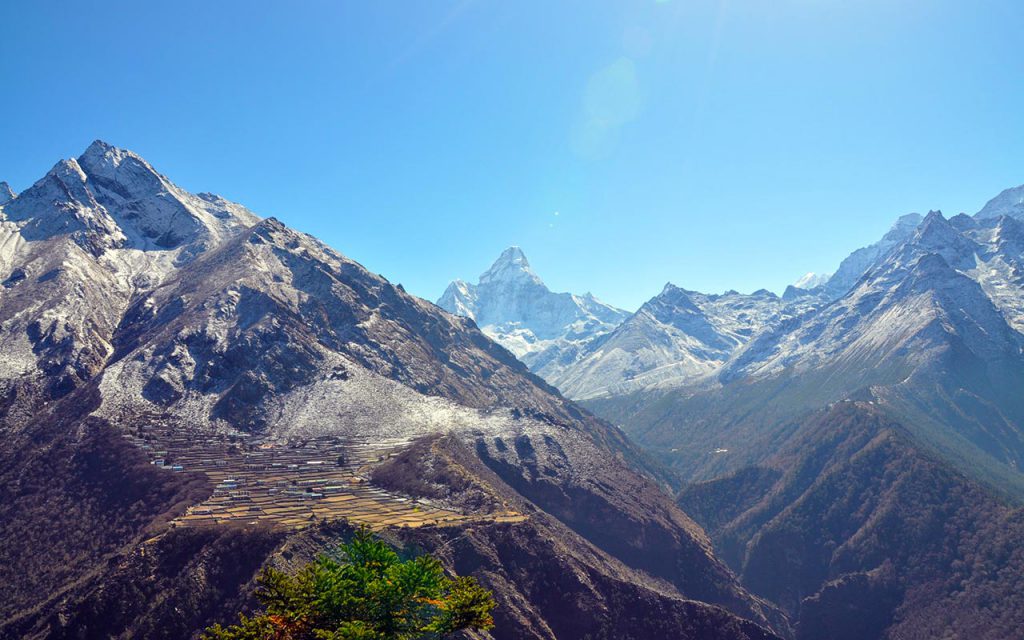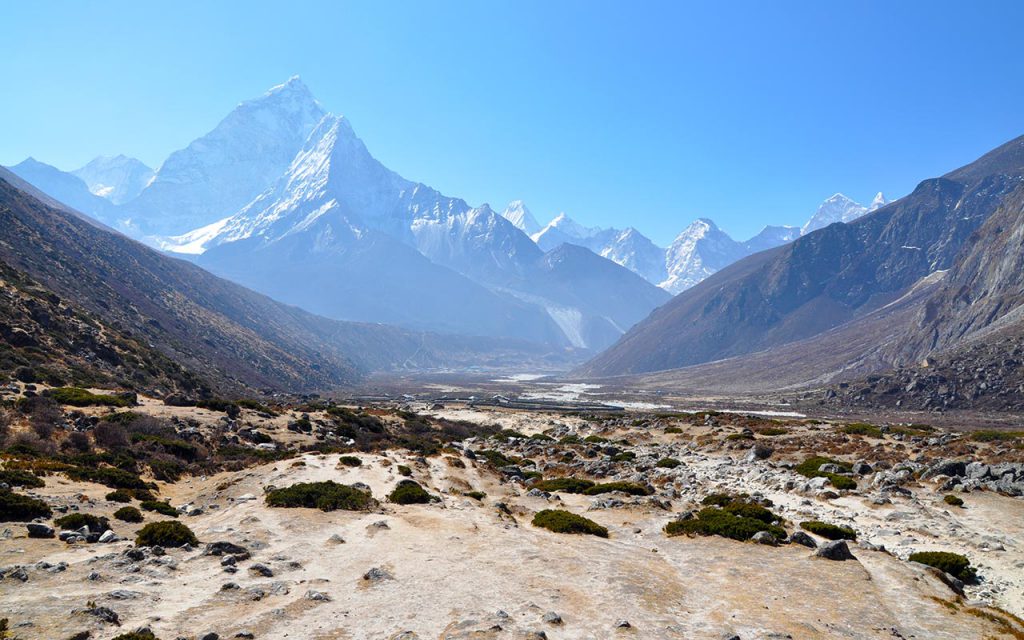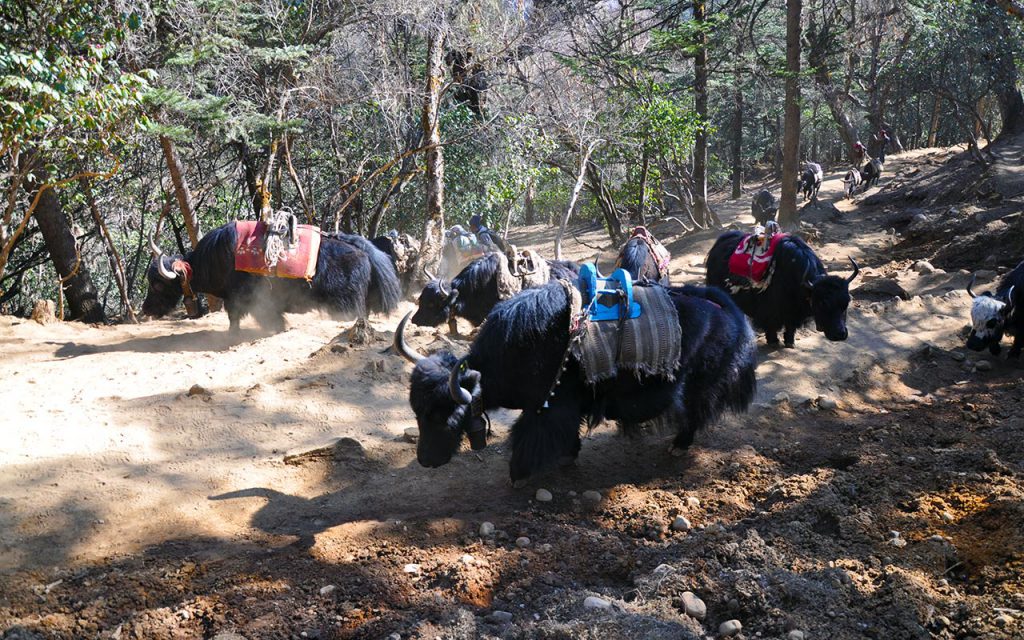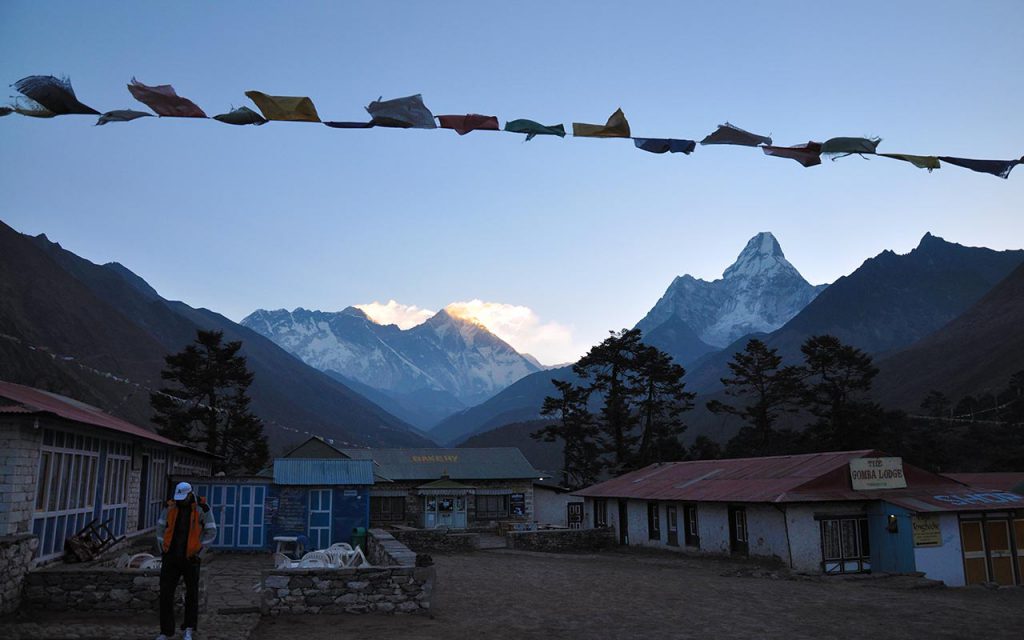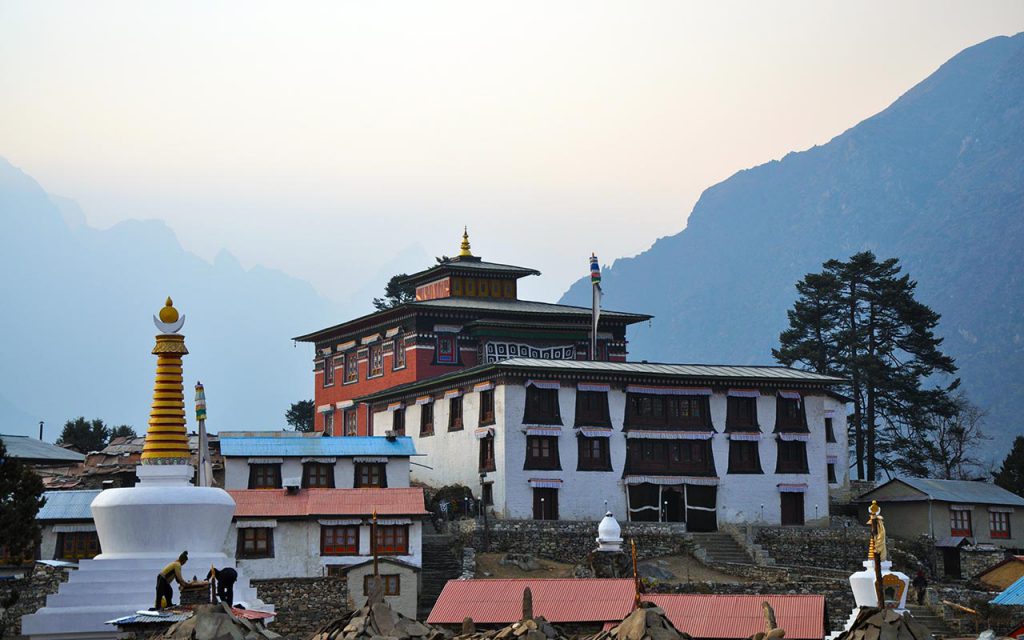Join Our Fixed Trip Starting Date
| TRIP DATES | PRICE | AVAILABILITY |
|---|
The Everest Panorama Trek is a short yet beautiful exploration of the Everest Region. Although relatively easy compared to some of other treks in the area, it still takes you up onto the high trails on the way to the final destination of Tengboche Monastery (3850m) and on to the way visit the beautiful Sherpa village of Khumjung. Whilst the trek is a short one it is also very scenic and one that offers really superb views of the world’s highest peaks, including Everest, Lhotse, Thamserku, Ama Dablam and many others. The 500 year old Thyangboche Monastery is a true highlight of the trek, set almost surreal and surrounded by mountains in the pristine wilderness of Sagarmatha National Park.
We fly from Kathmandu to tiny Lukla airstrip in the Khumbu region before commencing our trek up to Namche Bazaar and on to Tyangboche, finishing our trek at Khumjung village, a very authentic Buddhist settlement of Sherpa people. This trek is a great introduction to Sherpa country and its culture whilst also providing some wonderful mountain views. The trek is very popular with first time trekkers in Nepal or for those limited to time.
Himalaya Heart will look after you all the way. Our mountain guides have spent many years leading groups at high altitude and are well able to deal with any problems. Our teams are always well prepared, we provide our porters and support staff with excellent equipment for travel into the mountains. Your trip leader will be paying careful attention to all clients and staff, making sure everyone stays as comfortable as possible and has the best chance of attaining their goals and completing the trip successfully.
Please note:
Delays with Lukla flights: These can happen any time of year, but are especially likely around monsoon season (late May to early Sept.). If your flight is delayed Himalaya Heart will reschedule you on the next possible flight. As conditions can change rapidly this may be very soon after your scheduled departure, or on very rare occasions be as much as a few days later – it is very difficult to predict. This can be pretty frustrating, but is simply part of the journey to the Everest region. We strongly recommend you add at least a day or two to the end of your trip if you have an international connecting flight to give yourself some flexibility in the case of any delays.
- Highlights of the Trip
- Beautiful mountain landscapes
- Great introductory trekking experience through the mountains
- Insight into Sherpa cultural
- Pristine surroundings
- Wonderful nature
- Tengboche Monastery (3850m)
- Khumjung village authentic Buddhist settlement

 +977 9851093973 (Thakur)
+977 9851093973 (Thakur)